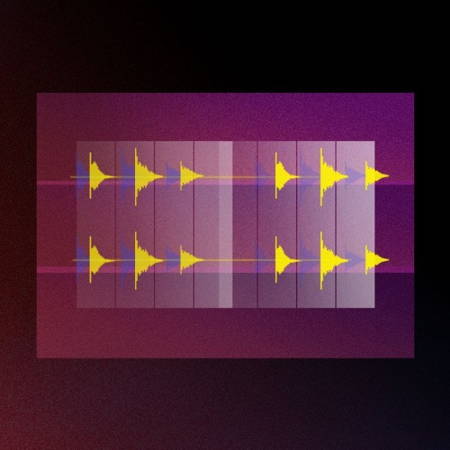Groove Fundamentals TUTORiAL
18 July 2022 | 1.20 GB
Groove Fundamentals
90+ mins of Streamed Tutorials
Access 24/7/365
Written Notes
Software Projects
Groove is a ubiquitous term in music production, appearing on hardware like drum machines, within editors in DAWs and on many software instruments too, but what is it actually referring to? This course answers this very question, with a detailed exploration of groove handling within a range of different applications, to help you become a master of the groove!
Most people tend to think of groove when producing beats, as it’s a parameter most commonly found when creating rhythmic patterns like drums. As such, the lessons begin by explaining the most popular forms of groove, which are 1/8- and 1/16- note swing. This is done through the creation of a classic jazz cymbal pattern at full and half speeds.
After some initial theory is covered, the next module shows how that theory applies when making House beats, as more syncopated percussion is combined with the main drums. This is developed further as rhythmic melodies like basslines and arps are added into the mix, which need a similar treatment when it comes to groove, to ensure all sounds are working together. Another module looks at manual groove handling, showing how loop timing can be adjusted through audio warping and regular editing, so that a consistent groove is achieved.
The last module demonstrates the ways groove is handled in 2 popular DAWs, Logic Pro and Ableton Live, with the latter being investigated further in a subsequent lesson to show more unique features like groove extraction, randomisation and volume modulation.
Enrolling on the course provides instant access to over 90 minutes of tutorials, as well as the software projects and written notes from the lessons, so sign up now to firm up your production knowledge and start making tight grooves today!
Please REPORT in Comment Broken Links


